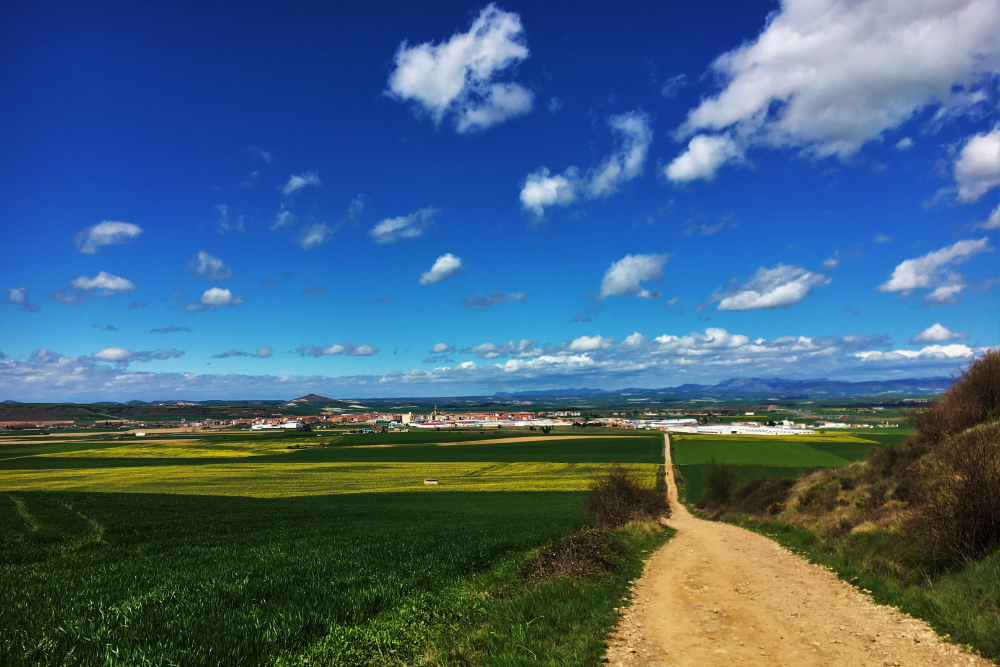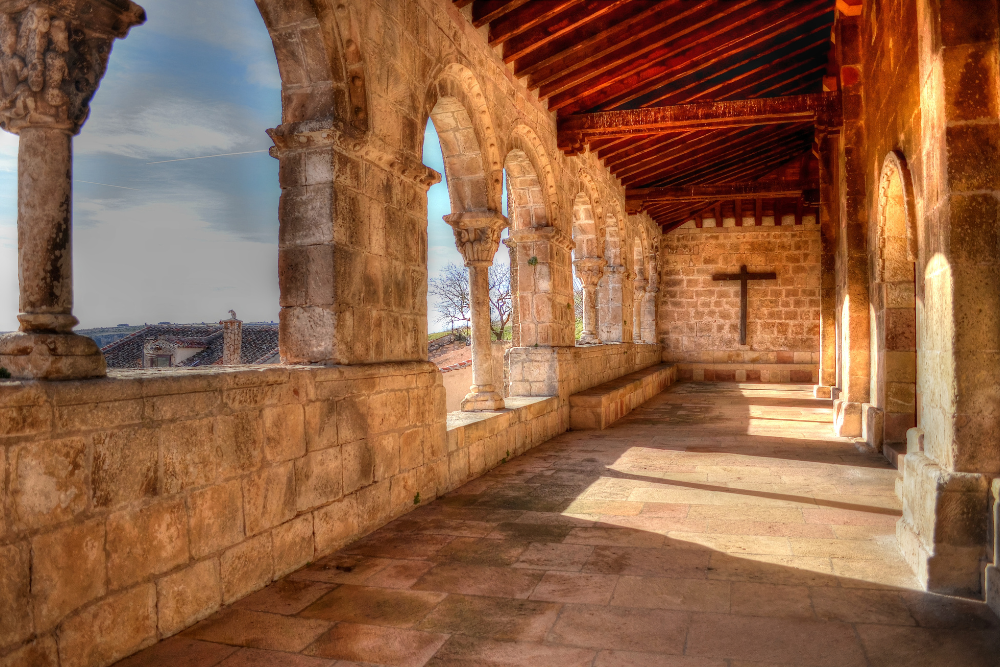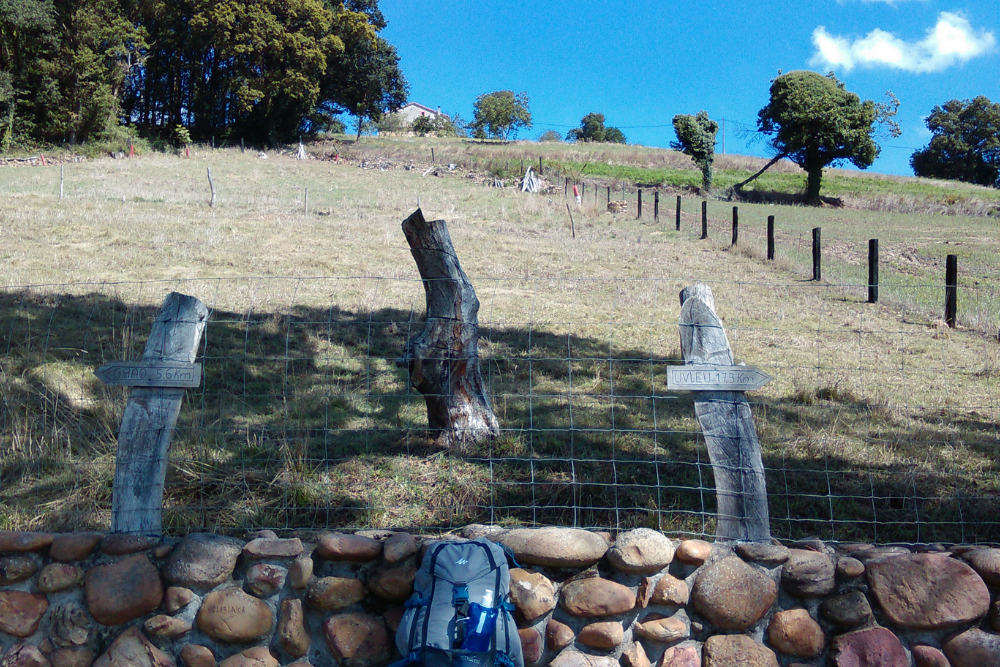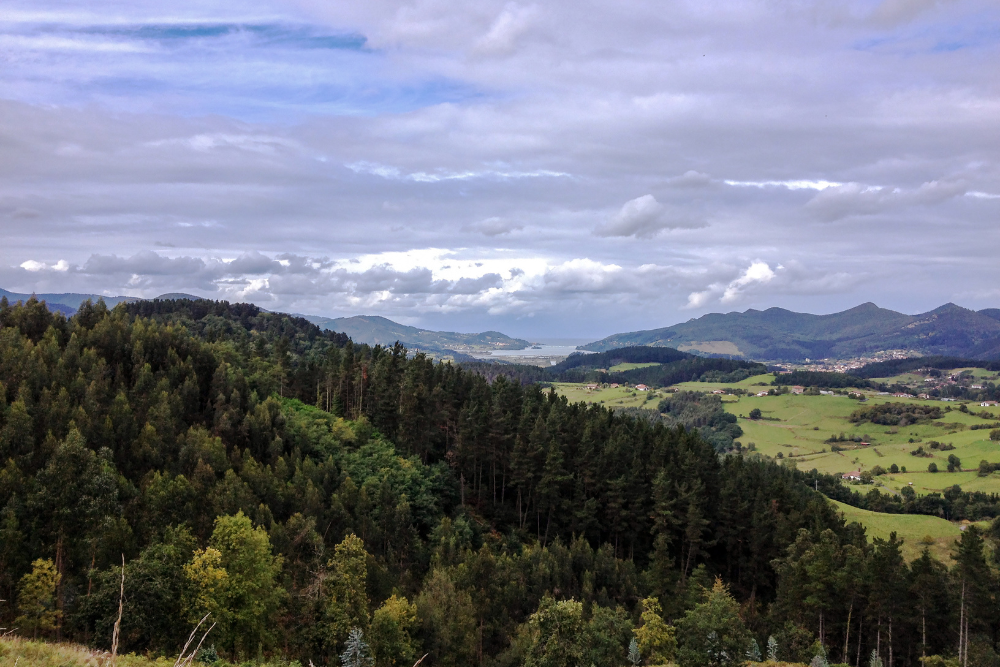Spain, with its rich history and diverse landscapes, offers much more than picturesque beaches and ancient cities. Beneath its surface lies a network of awe-inspiring caves and tunnels that tell stories of geological wonder, ancient civilizations, and natural beauty. From limestone caverns to hidden tunnels from the Spanish Civil War, these underground marvels are some of the country’s most fascinating and lesser-known attractions. For those looking to explore Spain beyond its surface, these underground treasures are waiting to be discovered.
1. The Caves of Drach, Mallorca: A Journey Through Time

Located on the island of Mallorca, the Caves of Drach are one of Spain’s most famous natural wonders. These expansive caves, discovered in the 19th century, are a breathtaking example of how water, time, and geology have shaped the landscape over millions of years. The caves stretch over 1,200 meters, with chambers filled with stunning stalactites and stalagmites that create an almost otherworldly atmosphere.
The highlight of the Caves of Drach is Lake Martel, one of the largest underground lakes in the world. Visitors can take a boat ride across the lake, marveling at the cave’s rock formations and the eerily silent surroundings. The caves are also home to classical music concerts, where a live performance accompanies the boat ride, adding a magical layer to the experience.
The caves are easily accessible from the town of Porto Cristo, and guided tours provide insightful commentary about the cave’s geological formation and historical significance.
2. Altamira Cave, Cantabria: The Birthplace of Art

For history enthusiasts, the Altamira Cave in Cantabria is one of Spain’s most significant archaeological sites. Often referred to as the “Sistine Chapel of Prehistoric Art,” Altamira is famous for its stunning prehistoric paintings, which date back over 36,000 years. The cave’s walls are adorned with vivid depictions of bison, some of which appear to be in motion, showcasing the incredible skill of the ancient artists.
Though the original cave is closed to the public to preserve the artwork, visitors can explore a replica of the cave at the Altamira Museum in nearby Santillana del Mar. This museum offers an immersive experience, allowing visitors to see the paintings up close and learn about the history of the cave and the people who once lived there.
3. Cueva de las Manos, Rioja: Prehistoric Handprints

Another example of ancient art is the Cueva de las Manos in La Rioja, a cave system famous for its prehistoric handprints. These red handprints, some of which are over 12,000 years old, were made by early humans who used stencils and their own hands to create this unique form of expression. The cave’s walls also feature depictions of animals, such as deer and bison, giving us a glimpse into the lives of the region’s first inhabitants.
The cave is not as well known as Altamira but offers a fascinating glimpse into the early artistic traditions of Spain. The Cueva de las Manos is located in a remote part of La Rioja, making it a peaceful and introspective spot for those looking to explore Spain’s prehistoric heritage.
4. The Cave of El Soplao, Cantabria: A Geological Marvel

The Cave of El Soplao, also in Cantabria, is one of Spain’s most stunning natural caves. Its intricate formations of stalactites and stalagmites make it a must-see for geology enthusiasts. Unlike many other caves, the Cave of El Soplao features exquisite sinters (a rare type of calcite formation), making it a geological treasure.
The cave was discovered in the early 20th century by miners, and it was initially used for mining purposes. Today, it is open to the public, with guided tours that explain the cave’s history, its mining origins, and its geological significance. Visitors can explore its chambers and tunnels, each one more mesmerizing than the last, as they learn about the natural forces that shaped this underground wonder.
5. The Mines of Riotinto, Andalusia: Underground Mining History

The Mines of Riotinto in Andalusia offer a completely different kind of underground adventure. These historic copper and iron mines have been in operation since Roman times, and their tunnels are a testament to Spain’s rich mining history. The town of Riotinto itself is known for its vibrant red landscape, caused by the high mineral content in the soil.
While the mines are no longer in operation, visitors can take guided tours through the Riotinto Mining Park, exploring the old mining tunnels and learning about the techniques used over the centuries. The park also features a small museum where you can learn about the history of mining in the region and the impact it had on both the environment and the local communities.
For those interested in industrial history and the science behind mining, the Mines of Riotinto offer a fascinating and educational underground experience.
Conclusion: Spain’s Hidden World Beneath the Surface
Spain’s underground wonders offer a fascinating array of natural and historical marvels, from prehistoric cave paintings to mining tunnels and stunning geological formations. Whether you’re a history buff, a geology enthusiast, or simply someone looking to experience Spain in a unique way, these caves and tunnels provide an unforgettable adventure. Exploring Spain’s underground world reveals a hidden layer of the country’s culture and history—one that is just as rich and diverse as the landscapes above.












